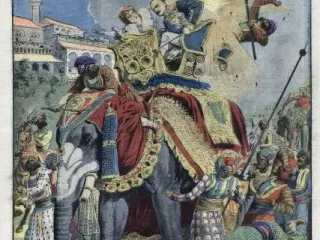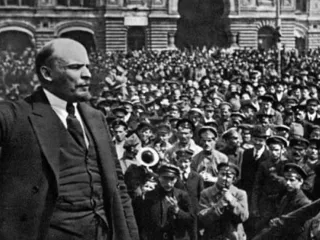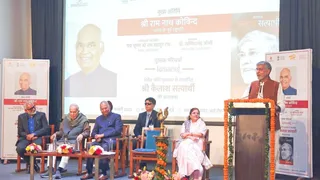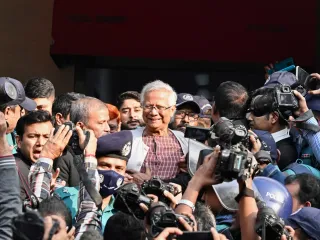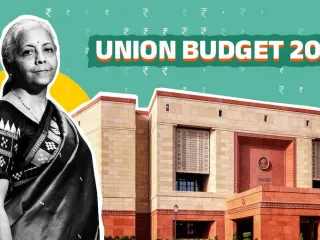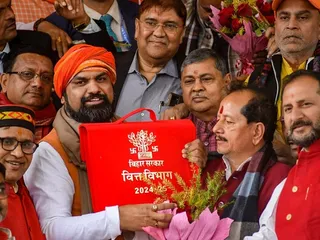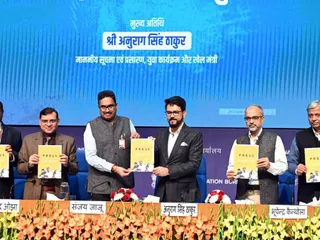While the greased cartridges served as the immediate trigger for the 1857 Revolt, the uprising's roots lay deep within the social fabric of 19th-century India. The British East India Company's rule, while bringing about certain advancements, also engendered widespread resentment and unrest stemming from a variety of social factors. Understanding these social causes is crucial to grasping the full complexity of the rebellion.
Religious Grievances:
The British administration's policies often disregarded or actively undermined the religious sensitivities of the Indian population. The introduction of Western education and the propagation of Christianity, perceived as an attempt to supplant indigenous faiths, fueled deep anxieties. The controversial practice of sati, although already declining, was banned by the British, further contributing to a sense of cultural violation among some segments of society. The rumored animal fat in the Enfield rifle cartridges – a direct affront to both Hindu and Muslim religious beliefs – served as a potent symbol of this larger disregard for religious sentiments and acted as the immediate catalyst for widespread rebellion.
Caste Tensions:
The British administrative system, while seeking to introduce a uniform legal framework, often inadvertently exacerbated existing caste tensions. The manipulation of traditional power structures by the British, favoring certain castes and communities over others, fostered resentment and instability. The rise of new social groups and the disruption of traditional patronage networks further contributed to the unrest. The revolt, although not explicitly a caste-based rebellion, saw participation across various castes, reflecting the broader dissatisfaction with the British administration's impact on social hierarchies.
Impact of British Policies on Traditional Social Structures:
The British economic policies, characterized by the destruction of traditional Indian industries like textiles and the introduction of a land revenue system that often impoverished the peasantry, created widespread social and economic hardship. The annexation of princely states and the dismantling of traditional governance structures further destabilized society, leaving many feeling alienated and dispossessed. This widespread economic distress significantly contributed to the widespread support for the rebellion, as people felt they had little to lose by joining the fight against the British.
The Role of Leadership:
The rebellion was not a unified, centrally-planned movement. Instead, it was a series of uprisings, with various leaders and motivations. Figures like Mangal Pandey, who initially raised concerns about the cartridges, and Bahadur Shah Zafar, the Mughal Emperor whose symbolic role rallied support, showcased the diversity of participation. While many were motivated by religious or caste concerns, others were driven by nationalist sentiments and opposition to foreign rule.
Conclusion:
The 1857 Revolt was not simply a military conflict; it was a complex socio-political upheaval with deep roots in the social fabric of India. The combination of religious grievances, caste tensions, and the far-reaching impact of British policies on traditional social structures created a fertile ground for rebellion. Understanding these social factors is essential for a comprehensive understanding of this pivotal moment in Indian history.



